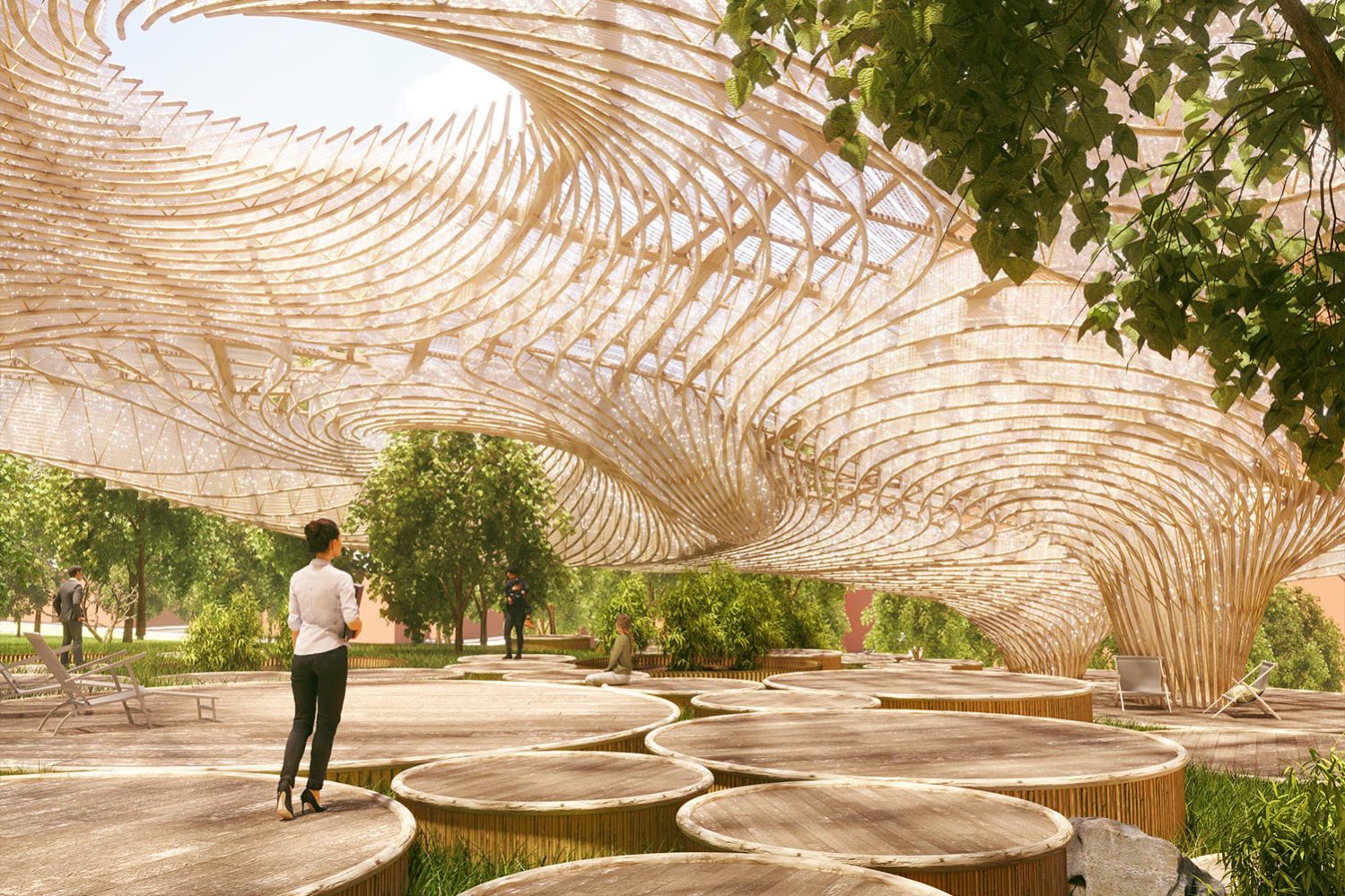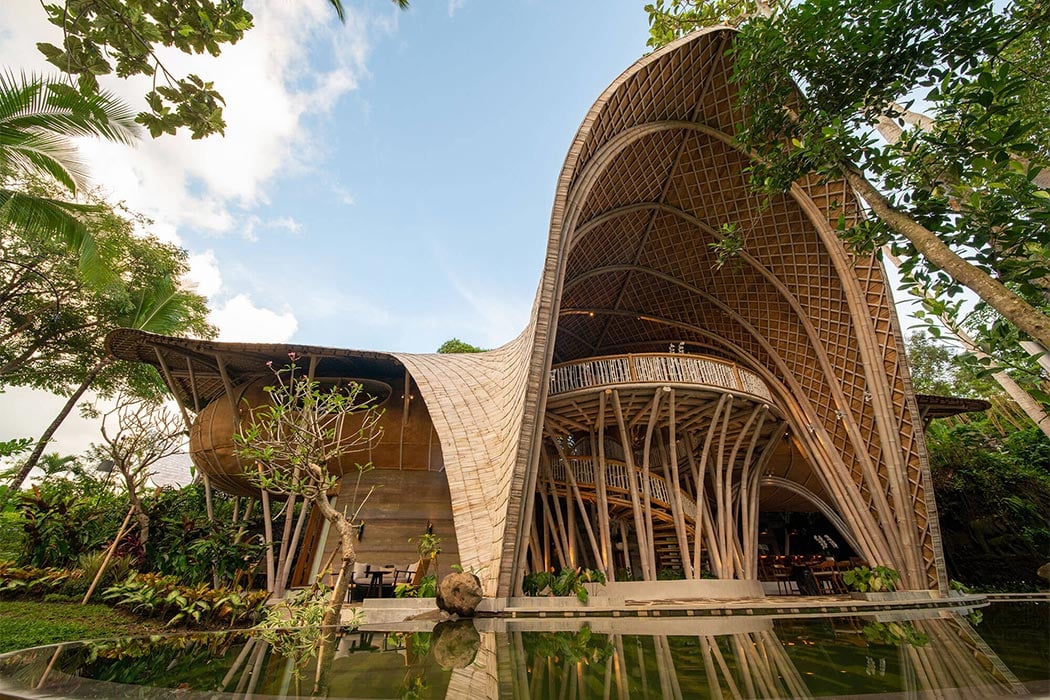Sustainable Architecture In Project Design
Sustainable architectureis becoming increasingly important as society places a greater emphasis on environmental responsibility. The design of buildings and structures can have a significant impact on the environment, from the materials used to the energy consumed during operation.
As such, it is crucial for architects and project managers to consider sustainable design principles in every stage of a project, from conception to completion. In this article, we will explore the key elements of sustainable architecture in project design and how they can be implemented effectively.
Defining Sustainable Architecture
Sustainable architecture, also known as green architecture, is an approach to building design that prioritizes the use of sustainable materials, energy efficiency, and environmental responsibility. It aims to minimize the negative impact that buildings can have on the environment while maximizing their positive impact on occupants' health and well-being.
Sustainable architectureis not just about using eco-friendly materials or implementing energy-saving technologies. It is a holistic approach to building design that takes into account the building's entire life cycle, from construction to demolition.
Key Elements Of Sustainable Architecture
There are several key elements that should be considered when designing sustainable buildings:
Energy Efficiency
Energy consumption is one of the most significant environmental impacts of buildings. To reduce energy consumption, sustainable buildings incorporate energy-efficient technologies, such as efficient lighting, heating and cooling systems, and renewable energy sources like solar panels. Passive design strategies can also be employed to reduce energy consumption, such as optimizing building orientation and using natural ventilation.
Sustainable Materials
The use of sustainable materials is an essential element of sustainable architecture. Materials such as wood, bamboo, and recycled materials are renewable and have a lower environmental impact than traditional building materials.
Sustainable materials can also be used to reduce a building's carbon footprint by minimizing the amount of energy consumed during the production process.
Water Conservation
Water conservationis another key element of sustainable architecture. Buildings can incorporate rainwater harvesting systems, greywater recycling systems, and low-flow plumbing fixtures to reduce water consumption. Landscaping can also be designed to minimize water usage.
Indoor Environmental Quality
Indoor environmental quality (IEQ) is crucial for occupants' health and well-being. Sustainable buildings incorporate IEQ measures, such as the use of non-toxic materials, effective ventilation systems, and natural lighting. A healthy indoor environment can improve productivity, reduce sick days, and increase occupant satisfaction.
Life-Cycle Assessment
Life-cycle assessment (LCA) is a methodology used to evaluate a building's environmental impact throughout its entire life cycle. LCA takes into account the environmental impact of building materials, construction processes, operation, maintenance, and end-of-life disposal. LCA can be used to identify areas where improvements can be made to reduce a building's overall environmental impact.
Implementing Sustainable Architecture In Project Design
To effectively implement sustainable architecture principles in project design, architects and project managers must work closely together from the early stages of a project. The following steps can be taken to ensure that sustainable design principles are incorporated into every stage of a project:
Conduct A Sustainability Assessment
Before any design work begins, a sustainability assessment should be conducted to identify the project's environmental impacts and opportunities for improvement. A sustainability assessment can help identify potential energy savings, water conservation opportunities, and other sustainability measures.
Set Sustainability Goals
Based on the results of the sustainability assessment, sustainability goals should be established for the project. These goals should be specific, measurable, and achievable, and should align with the project's overall objectives.
Incorporate Sustainable Design Principles
Sustainable design principles should be incorporated into every stage of the project, from design to construction and operation. Energy-efficient technologies, sustainable materials, and water conservation measures should be integrated into the design of the building.
Monitor And Evaluate Performance
Once the building is in operation, its performanceshould be monitored and evaluated to ensure that sustainability goals are being met. Building performance can be monitored through the use of building automation systems, energy audits, and occupant feedback. Any areas where performance falls short of sustainability goals should be identified and addressed.
Educate And Engage Stakeholders
Stakeholder engagement is crucial for the success of sustainable architecture projects. Architects and project managers should engage with building owners, occupants, and other stakeholders to educate them about sustainable design principles and the benefits of sustainable buildings. This can help build support for sustainable architecture projects and encourage stakeholders to take an active role in sustainability efforts.
As society continues to place a greater emphasis on environmental responsibility, sustainable architecture will become increasingly important. It is essential that architects and project managers work together to incorporate sustainable design principles into every stage of a project.
By conducting sustainability assessments, setting sustainability goals, incorporating sustainable design principles, monitoring building performance, and educating and engaging stakeholders, architects and project managers can ensure that sustainable architecture is achieved.
Economic Benefits
Furthermore, sustainable architecture can also provide economic benefits. By reducing energy consumption and water usage, sustainable buildings can lower operating costs and increase the building's overall value. Additionally, sustainable buildings can create jobs in the green building industry, which is expected to grow significantly in the coming years.
It is important to note that sustainable architecture is not a one-size-fits-all approach. Each project presents its unique challenges and opportunities, and architects and project managers must be creative and innovative in finding solutions.
By taking a holistic approach to building design and considering the building's entire life cycle, architects and project managers can create sustainable buildings that are both environmentally responsible and functional.
Project Managers And Sustainable Architecture
As sustainable architecture continues to gain momentum, it is essential that architects and project managers stay up to date with the latest developments and technologies in the field. This includes staying informed about energy-efficient building systems, green materials, and innovative design strategies.
Furthermore, it is also important for architects and project managers to recognize the role that buildings play in the larger context of urban sustainability. Buildings are not isolated entities but are part of a larger urban system, and sustainable architecture must be integrated into the broader urban planning and design process.
Helping Communities
Additionally, sustainable architecture can also promote human health and well-being. Indoor environmental quality, natural light, and access to green spaces are all factors that can have a significant impact on occupants' health and productivity. By incorporating these features into building design, architects and project managers can create buildings that promote physical and mental well-being.
Finally, sustainable architecture can also promote a sense of community and social cohesion. Buildings that are designed to be accessible, inclusive, and pedestrian-friendly can create more vibrant and livable neighborhoods, fostering a sense of community and belonging.
Commercial Architecture Magazine is a great resource for architects, engineers, and construction professionals looking to stay up to date on the latest trends and developments in the commercial building industry. Check out their websitefor informative articles, newsupdates, and industry insights.
People Also Ask
What Is Meant By Sustainable Architecture?
Sustainable architecture refers to the practice of designing and constructing buildings that prioritize environmental responsibility, energy efficiency, and resource conservation. It involves the use of sustainable materials, energy-efficient building systems, and designs that promote natural lighting, indoor environmental quality, and overall occupant health and well-being.
What Is Sustainable Architecture Examples?
Some examples of sustainable architecture include green roofs, passive solar heating and cooling, rainwater harvesting systems, and the use of recycled or environmentally friendly materials. Other examples may include energy-efficient lighting and HVAC systems, efficient water usage, and designs that prioritize natural ventilation and cooling.
What Are The Characteristics Of Sustainable Architecture?
The characteristics of sustainable architecture may include the use of sustainable materials, energy-efficient building systems, designs that promote natural lighting and ventilation, and strategies that prioritize water conservation and indoor environmental quality for human life.
Conclusion
Sustainable architecture in project design is a critical component of creating a more sustainable and resilient built environment. Architects and project managers must prioritize sustainable design principles and strategies, educate and engage stakeholders, and monitor wildlife and performance to ensure that sustainability goals are met.
Sustainable architecture is not just a trend; it is a necessity for creating a healthier, more resilient, and environmentally responsible built environment.


